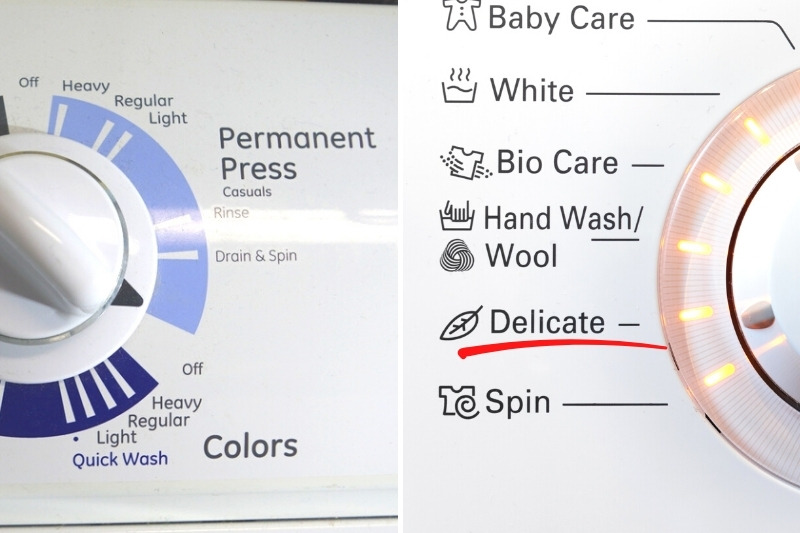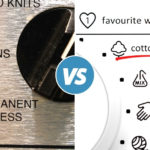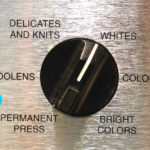If you’re like most people, you probably don’t spend a lot of time thinking about your washing machine. But if you’ve ever wondered what the difference between a permanent press and a delicate wash cycle is, you’re not alone.
These two cycles are designed for different types of fabric, and understanding the purpose of each one can help you choose the best cycle for your laundry.
Read on to learn the key similarities and differences between the two.
What Is a Delicate Wash Cycle?
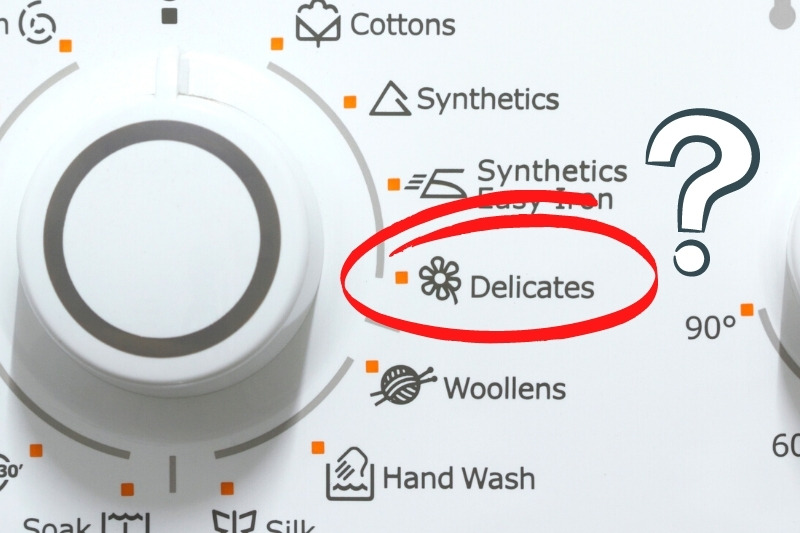
Delicate wash cycles are designed for fragile fabrics like silk, wool and delicate synthetics.
These cycles can be quite short or longer to allow more cleaning time without the need for lots of agitation. Either way, they always use cool water to wash (30°C or below), and a slow spin speed when rinsing to protect delicate fabrics from damage.
This makes delicate cycles suitable for most lingerie, lace items, embellished garments and crocheted knitwear that could snag on a more rigorous cycle.
However, always check the care label in case the item requires a hand-wash setting instead and be sure to use a gentle, specialist laundry detergent like Ecover’s Delicate Laundry Liquid for Wool & Silk.
Where possible, you should also try wash any delicate garments that are especially susceptible to stretching, tearing or other damage in a protective laundry bag or pillowcase.
Is Permanent Press the Same as Delicate?
While they are gentler and shorter than standard wash cycles, permanent press cycles are not the same as delicate cycles.
Unlike delicate cycles, permanent press cycles aren’t suitable for particularly fragile items. This is because the water temperature tends to be 10-15 degrees warmer than a delicate wash, so certain garments may shrink and embellishments may come loose.
The agitation and spin speed will be faster too, which can stretch and warp delicate lace and knitted items. So, if the item doesn’t have a label and you’re not sure which cycle to use, opt for a delicate wash.
What Is a Permanent Press Wash Cycle For?
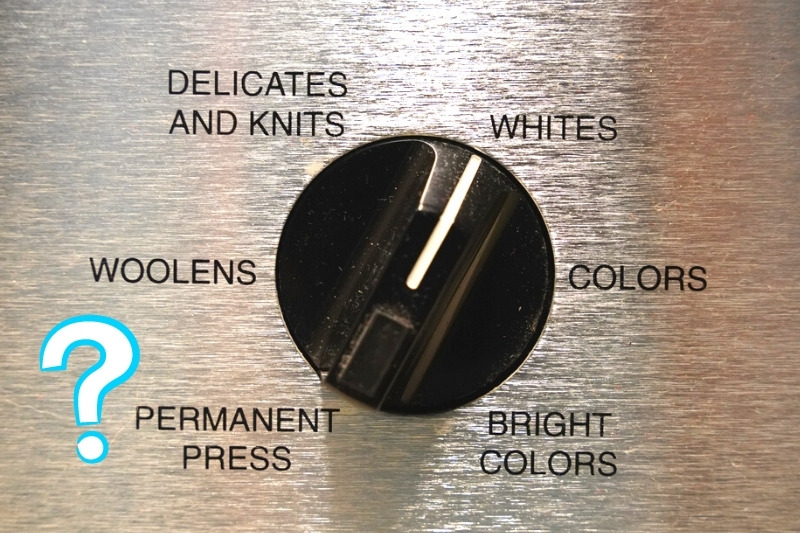
Permanent press cycles are designed for washing permanent press clothing that has been chemically treated to prevent wrinkling.
This setting, sometimes labelled “wrinkle-free” on front loading washers, is also great for synthetic fabrics such as rayon, polyester and nylon, alongside synthetic blends which can’t be ironed and bright coloured clothes prone to fading.
Permanent press cycles use lower water temperatures than standard washes, often mixing a warm wash with a cool rinse, mild agitation and a shorter wash time to prevent shrinkage and help to stop creases forming.
Because of this, these cycles can be used for natural fibre linens that wrinkle easily, while providing a more thorough clean than a delicate wash.
Permanent Press vs. Delicate Drying Cycles
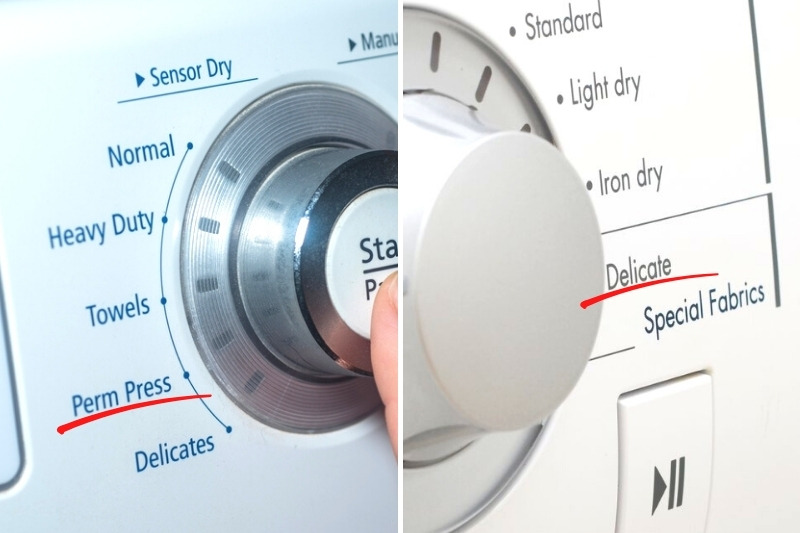
As well as permanent press wash cycles, some tumble dryers also have permanent press settings.
Suitable for synthetic materials items that can’t withstand too much heat, these drying cycles use a medium heat often followed by a cool down period that helps prevent wrinkles forming.
However, non-iron fabrics should be removed while still slightly damp and hung up to air-dry. Otherwise, creases can set in quickly as the cycle reaches its end.
You should also take care to avoid over-filling the machine as the more tightly packed the clothes are, the more likely wrinkles are to form.
When it comes to delicates, tumble dryers should generally be avoided. With that said, some garments do feature a low heat tumble dryer symbol on their care label. Depicted as a circle inside a square with a dot in the middle, this indicates that the item can be dried on a low heat setting if needed.
Just make sure that you only add lightweight items together to reduce the risk of damage as the drum spins. And, if you don’t see the symbol or you can’t find your dryer’s cool setting, don’t take the chance. Hang your delicate items up to air dry instead.
Want to know more? Learn all about low heat and delicate drying cycles, as well as our tops tips for what to do if your washer doesn’t have a delicate cycle, in our laundry section.

A proud Yorkshire lass with a love for movies, music and cosy nights in! Once a self-confessed avoider of cleaning, she’s always on the lookout for new ways to make household chores as quick and simple as possible.
